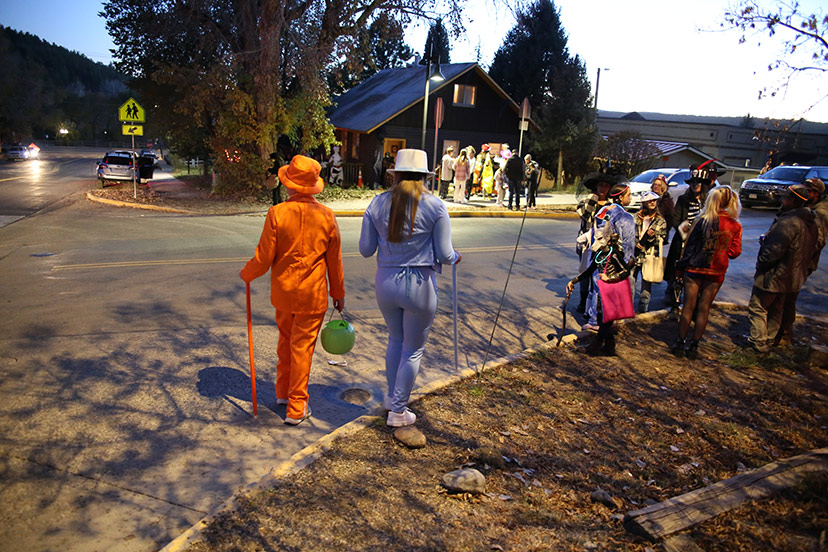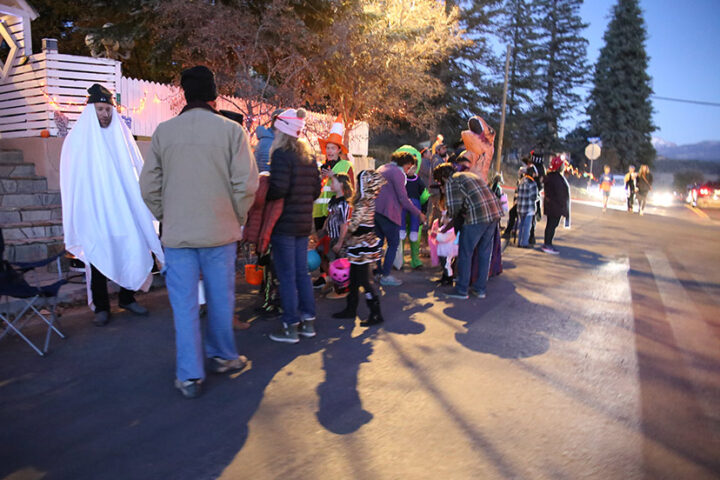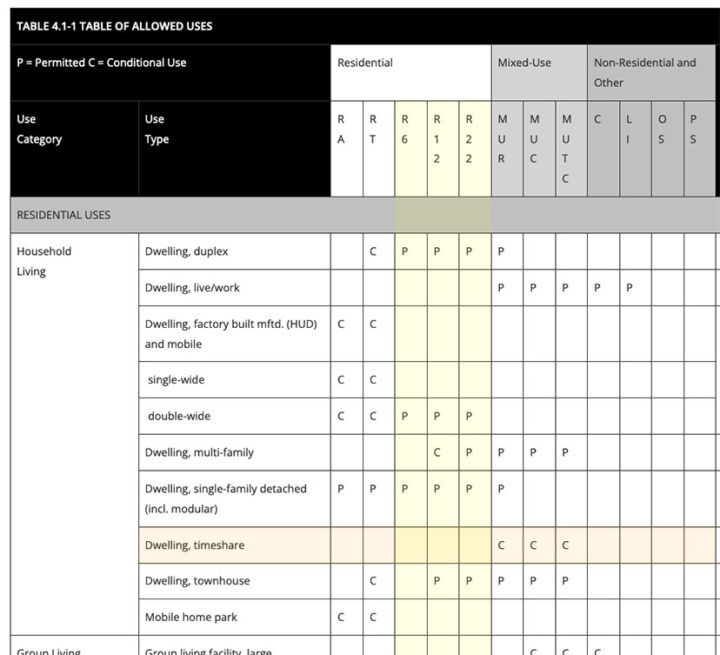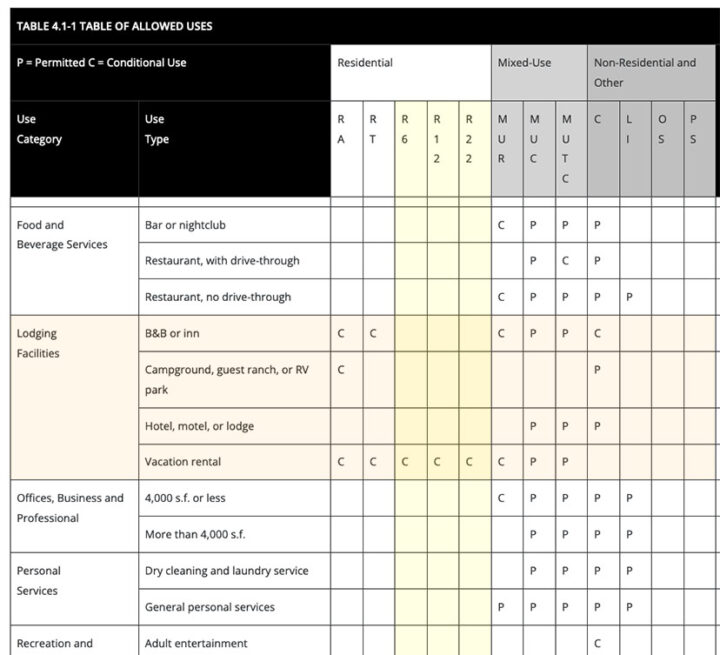My daughter Ursala and her husband Chris and my two granddaughters, accompanied by friend from school, headed for Lewis Street, and then walked up Third Street to the Mesa Heights neighborhood to — once again —show off their costumes and enjoy the experience of collecting Halloween treats from their downtown neighbors.
Lewis Street was packed with parked cars, and the sidewalks — what sidewalks there are — were flooded with families.
Moms and dads, decked out in costumes, following their little witches and ghosts and fairies and dinosaurs and aliens and Pokemon characters.
Mesa Heights — once known, I believe, as ‘Snob Hill’ on account of its then-upscale homes and its hilltop views looking ‘down’ on the rest of historical downtown Pagosa — was already the prime trick-or-treating territory when we moved to Pagosa Springs in 1993.
Lewis Street was perhaps the second most popular neighborhood back then, and to judge by my casual drive through town last night, it remains a popular precinct.
Several of the homes along Lewis Street are now vacation rentals, which might or might not have participated in the evening’s candy-giveaway. Ditto, on Mesa Heights.
But that didn’t seem to ruin the attraction for this year’s Halloween revelers.
As I recall, our first Halloween in Pagosa, back in 1993, took place on a frigid night with a light snow falling and temperatures near freezing. We’d bought a house on Lewis Street a few weeks earlier, near Third Street, and had heard from friends that Mesa Heights was the town’s most popular, and friendly, trick-or-treating turf. Already, most of the community’s population lived west of downtown, in the suburban hinterlands of Pagosa Lakes and Aspen Springs. But those neighborhoods had not yet fully built out; the distance between occupied homes was more challenging than in the older, more dense, more affordable downtown neighborhoods.
Mesa Heights was an ideal, walkable neighborhood for anyone with small children. Or so we were told.
Besides, we lived right there on Lewis Street, just a short uphill stroll from Mesa Heights. The doorbells were near at hand. And also, the night was frickin’ cold.
30 years later, I have no idea if Pagosa Lakes has developed a thriving Halloween tradition in some of its more developed neighborhoods. For all I know, Cloud Cap Avenue, and Lake Forest Circle, and Bonanza Avenue, and North Pagosa Boulevard also saw crowds of revelers, last night, to equal the crowds on Lewis Street and Mesa Heights. It’s possible that the suburban areas of Archuleta County have turned into authentic neighborhoods, since 1993.
One thing I noticed, driving down Lewis Street. A few of the neighbors had brought their candy distribution systems out onto the sidewalk, so that the disguised merry-makers didn’t need to actually walk up to the home’s front door.
I can’t say when, exactly, the Town of Pagosa Springs adopted zoning districts, with the evident intention of preserving and protecting the character of residential neighborhoods. I do recall, in 1994, looking at the Town’s zoning regulations to determine whether my family could convert our house into a private school. (We were talking with some new friends about starting some kind of educational cooperative for our children.) According to the Town codes, schools were allowed on our particular street as a ‘use by right’.
But other uses were prohibited, and still are prohibited, in neighborhoods like Mesa Heights. For example, Bed & Breakfast inns are prohibited in the Mesa Heights neighborhood. A Bed & Breakfast inn is typically a private home where a family — usually, an older couple — opens one or more rooms their home to travelers and tourists in need of lodging for the night, and then serves them breakfast in the morning.
This type of lodging operation is prohibited in the Mesa Heights neighborhood.
Hotels and motels are also prohibited in Mesa Heights. But they’re not prohibited on Lewis Street, which is zoned ‘Mixed Use’.
Basically, the Town government decided, a while, back that temporary lodging operations ought to be forbidden in certain downtown neighborhoods. They also decided that other uses ought to be prohibited, even if they are essentially residential uses. A single-wide mobile home is prohibited in Mesa Heights, and on Lewis Street. But a double-wide mobile home is allowed.
Here’s a chart from the Town’s Land Use and Development Code. “P” means “Permitted as a use by right”. “C” means “Must obtain a conditional use permit”. Blank means “Not an allowable use”.
I’ve highlighted in yellow the three dedicated residential zones: R6 (Low density), R12 (medium density), and R22 (High Density).
I also highlighted, in orange, ‘timeshare’ dwellings. As we note, timeshares are prohibited in R6, R12, and R22. The Town government apparently considers a ‘shared’ use of a dwelling to be harmful to the character of residential neighborhoods.
Here’s another chart, showing some of the business uses that are prohibited in R6, R12, and R22 neighborhoods.
As we see, hotels are forbidden in those neighborhoods. So are Bed & Breakfast operations. So are RV parks.
In fact, the only commercial lodging use allowed in the Mesa Heights neighborhood is ‘Vacation rentals’.
Timeshares, not allowed.
Bed & Breakfast inns, not allowed.
Hotels and motels, not allowed.
Vacation rentals, allowed with a conditional use?
Can someone please explain this to me?




